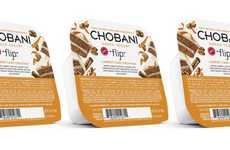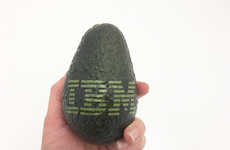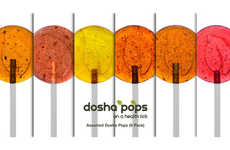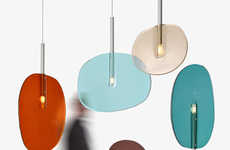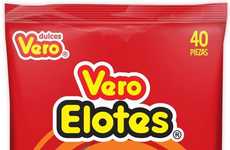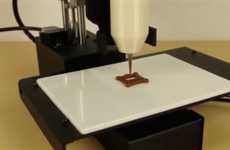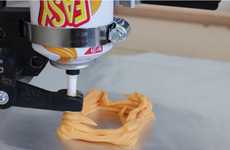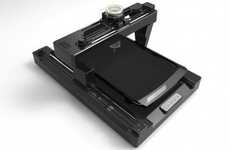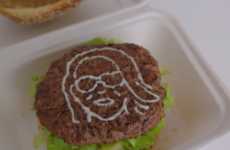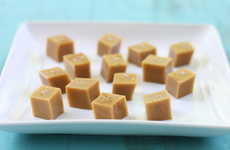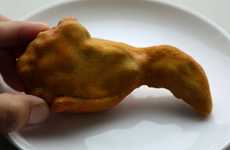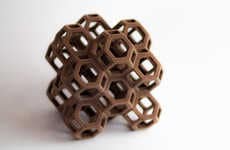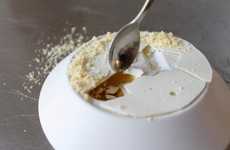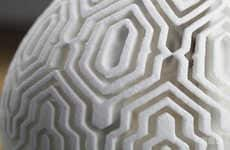

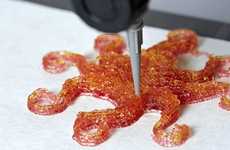

Precise sweets are produced as 3D printing expands to the dessert market
Implications - 3D printing is becoming more and more commonplace as equipment prices drop and consumers covet the technology. 3D printing in the kitchen is seeing desserts and sweets become an area of focus for both experts and amateurs, and offers a touch of novelty that draws consumers in. This shift towards digitized food more broadly signifies the impressive (and expanding) scope of 3D printing possibilities.
Trend Themes
1. 3D Printed Food - 3D printing technology is used to create customized and novelty desserts, expanding the scope of 3D printing possibilities.
2. Efficient Confectionary Manufacturing - 3D printing offers a more efficient way for confectionary businesses to create personalized and customized sweets.
3. All-natural Alternative Sweets - 3D-printed gummies and other sweets made from veggie-based gelling agents and fruit and vegetable extracts offer an all-natural alternative to traditional sweets with chemical ingredients.
Industry Implications
1. Food Manufacturing - 3D printing technology offers opportunities for food manufacturers to create personalized and customized desserts.
2. Confectionary Business - Confectionary businesses can benefit from more efficient 3D printing technology to improve their services and create personalized sweets.
3. Health Food Industry - All-natural 3D-printed sweets made from veggie-based gelling agents and fruit and vegetable extracts provides an opportunity for health food businesses to create an alternative to traditional sweets with chemical ingredients.



